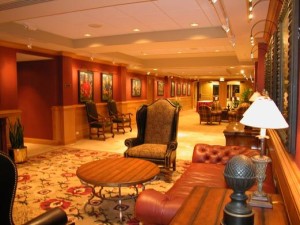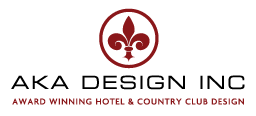 Interior design is not simply finding the newest pattern trends of chicest color palettes. It is about creating a beautiful interior that is aesthetically pleasing, but also is usable to its inhabitants. This is where beauty meets functionality. If a beautifully designed interior has no functionality, consider that design a bust. If the design doesn’t meet the daily needs of the people using it the amount of design detail was for nothing.
Interior design is not simply finding the newest pattern trends of chicest color palettes. It is about creating a beautiful interior that is aesthetically pleasing, but also is usable to its inhabitants. This is where beauty meets functionality. If a beautifully designed interior has no functionality, consider that design a bust. If the design doesn’t meet the daily needs of the people using it the amount of design detail was for nothing.
For us, designing is about the marriage between these two factors. It is not simple, but the end result is undeniable.
Highlighting the Focal Point
One of the ways we make interior designs beautiful yet functional, is by highlighting the focal point of any room. For example, as a homeowner, your focal point in a room might be something like a fireplace. Design should start with this feature in mind. After all, a fireplace is a usable, eye-catching focal point for any room.
For commercial purposes, such as a hospital, a focal point may be the guest services desk in the entrance. While there are probably other beautiful features in the entrance, the focal point of a front desk makes sense because of its functionality for that interior.
Spatial Arrangement
Another key element to combining beautiful interior design with functional interior design, is the spatial arrangement of objects. This includes the placement of artificial light sources, furniture, greenery, and more. If we were designing for a country club, key spatial features would be dining tables, the bar, bar stools, and greenery. The wrong placement of objects can affect the overall flow of a room, making it less functional.
The Lighting
Finally, the lighting plays an important role in creating beautiful and functional interior designs. For residential design, there are only so many sources of natural light available and even these sources might be obscured by external factors such as trees, other homes and buildings, or even the direction the house is facing.
In the case of designing for the hospitality industry, lighting plays an important role in the functionality of shared spaces. For example, indoor pools can be an ugly reminder of what the lack of natural sunlight looks like. Designing with natural light in mind allows us to understand how much and where artificial light sources need to be located to provide enough light for guests.
For more information about interior design, please contact AKA Design Inc. or call us at 972-267-3421.
